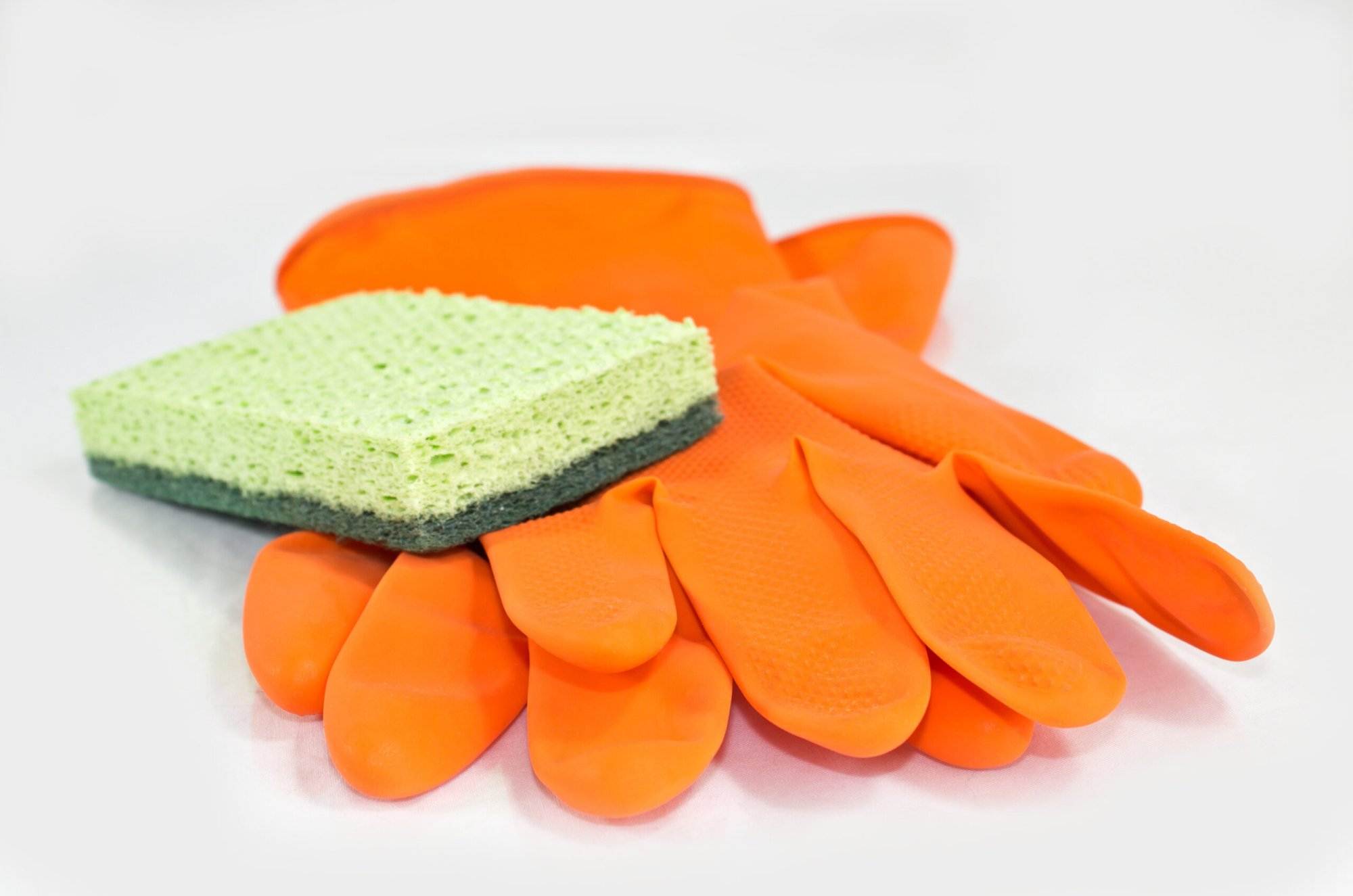Introduction to Allergen Reduction Strategies
Allergens are substances that can cause an allergic reaction in individuals who are sensitive to them. In the workplace, allergy sufferers may experience symptoms such as sneezing, itching, and congestion due to exposure to various allergens. Specialized cleaning strategies aimed at reducing these allergens can help create a healthier environment for everyone.
The Importance of Specialized Cleaning in the Workplace
Regular cleaning practices may not be enough to remove allergens from the air or surfaces in the office. Dust, pollen, mold spores, and other common allergens can accumulate over time and trigger reactions in susceptible employees. By implementing specialized cleaning techniques, you can reduce the amount of allergens present and improve indoor air quality. This can lead to fewer sick days, increased productivity, and better overall employee well-being.
Common Office Allergens and Their Sources
There are several types of allergens that commonly affect people in the workplace. These include dust mites, pet dander, molds, and pollutants like cigarette smoke. Dust mites are often found in carpets, upholstery, and bedding, while pet dander can come from pets brought into the office. Mold is typically found in areas with high humidity or water damage, such as bathrooms or basements. Pollutants like cigarette smoke can linger in the air even after smoking has stopped.
Effective Allergen Reduction Techniques
To effectively reduce allergens in the workplace, there are several techniques that can be used. One approach involves using HEPA (High-Efficiency Particulate Air) filters on vacuums and air purifiers. These filters can capture small particles that regular vacuum bags miss, including pollen, mold spores, and pet dander. Another technique is to use microfiber cloths instead of traditional cleaning rags. Microfiber cloths have tiny fibers that trap allergens more efficiently than standard fabrics. Additionally, steam cleaning carpeting and upholstered furniture can kill off dust mites and their eggs, helping to prevent future infestations.
Creating an Allergy-Friendly Environment
In addition to specialized cleaning methods, creating an allergy-friendly environment also requires education and awareness among staff members. Encourage employees to avoid bringing in foods that contain nuts or other common allergens, and ask them to refrain from wearing strong perfumes or colognes that could trigger reactions. Provide designated areas where those with allergies can take breaks if needed, and make sure that ventilation systems are properly maintained to ensure good airflow throughout the space.

Conclusion: Making a Difference with Allergen Reduction
By implementing specialized cleaning strategies and promoting awareness among staff members, businesses can significantly reduce the presence of allergens in the workplace. This can result in improved health outcomes for employees, reduced absenteeism, and greater overall productivity. With just a few simple steps, companies can make a real difference in creating a safer and healthier working environment for everyone.

